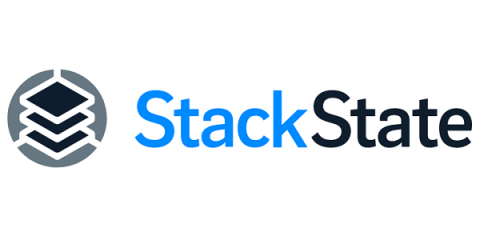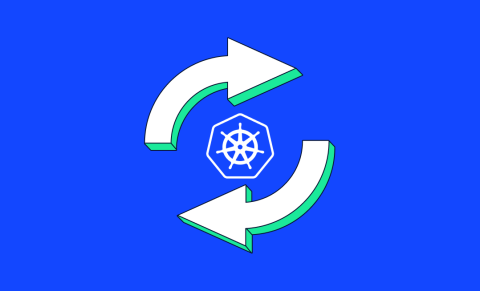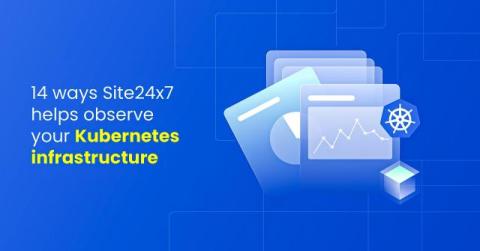3 Reasons to Migrate from Beanstalk to EKS
While AWS Elastic Beanstalk (EB) offers a convenient way to deploy applications, some limitations in customization and control can become a bottleneck for growing businesses. As the need for scalability, flexibility, and fine-grained management increases, Amazon Elastic Kubernetes Service (EKS) emerges as a compelling alternative.










